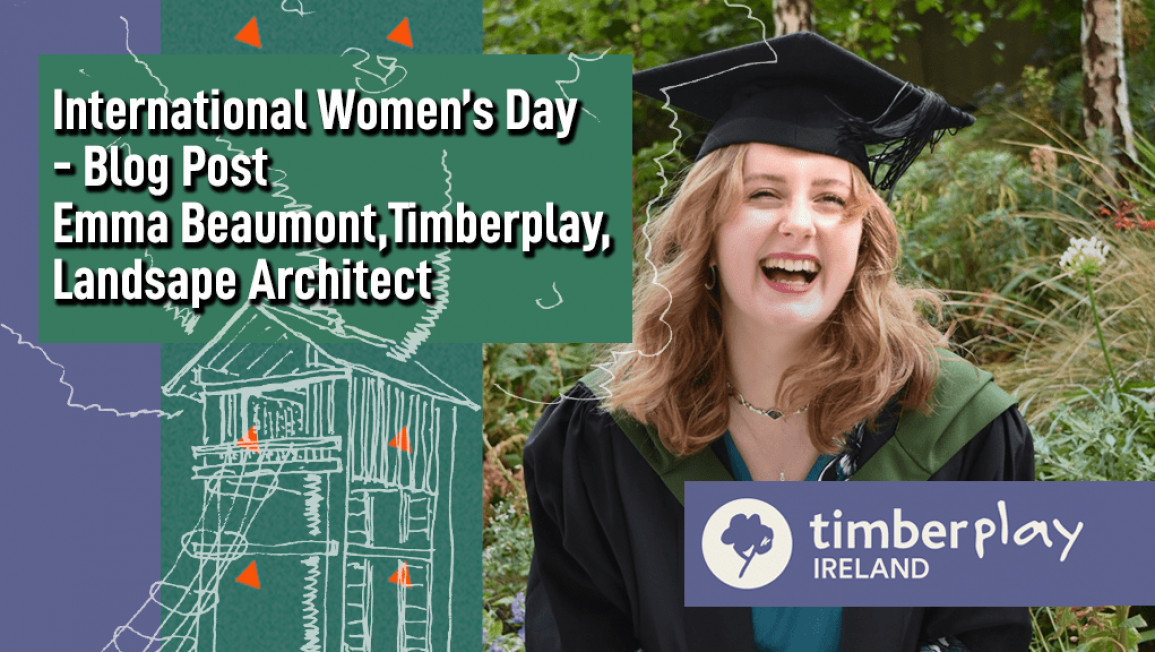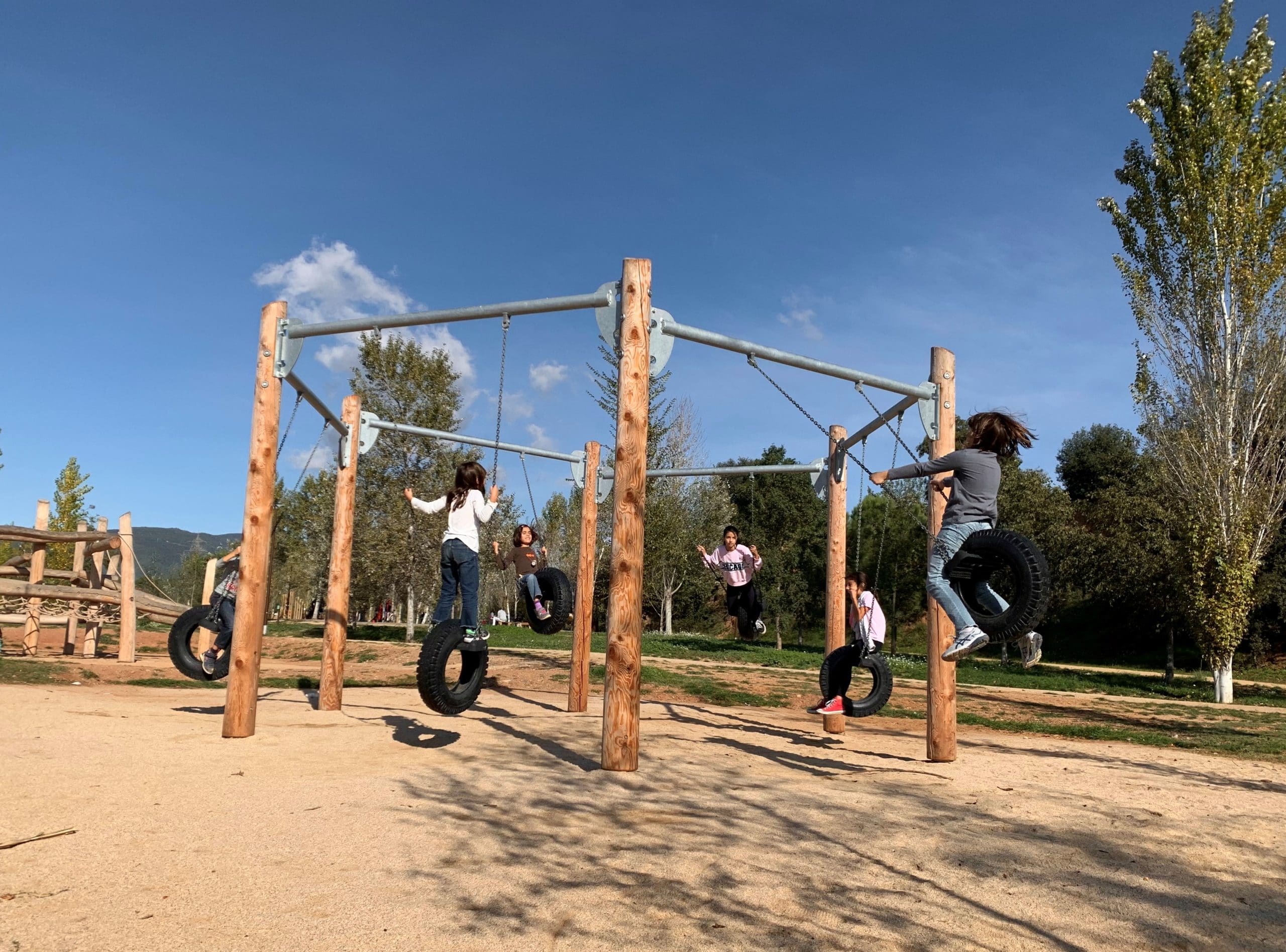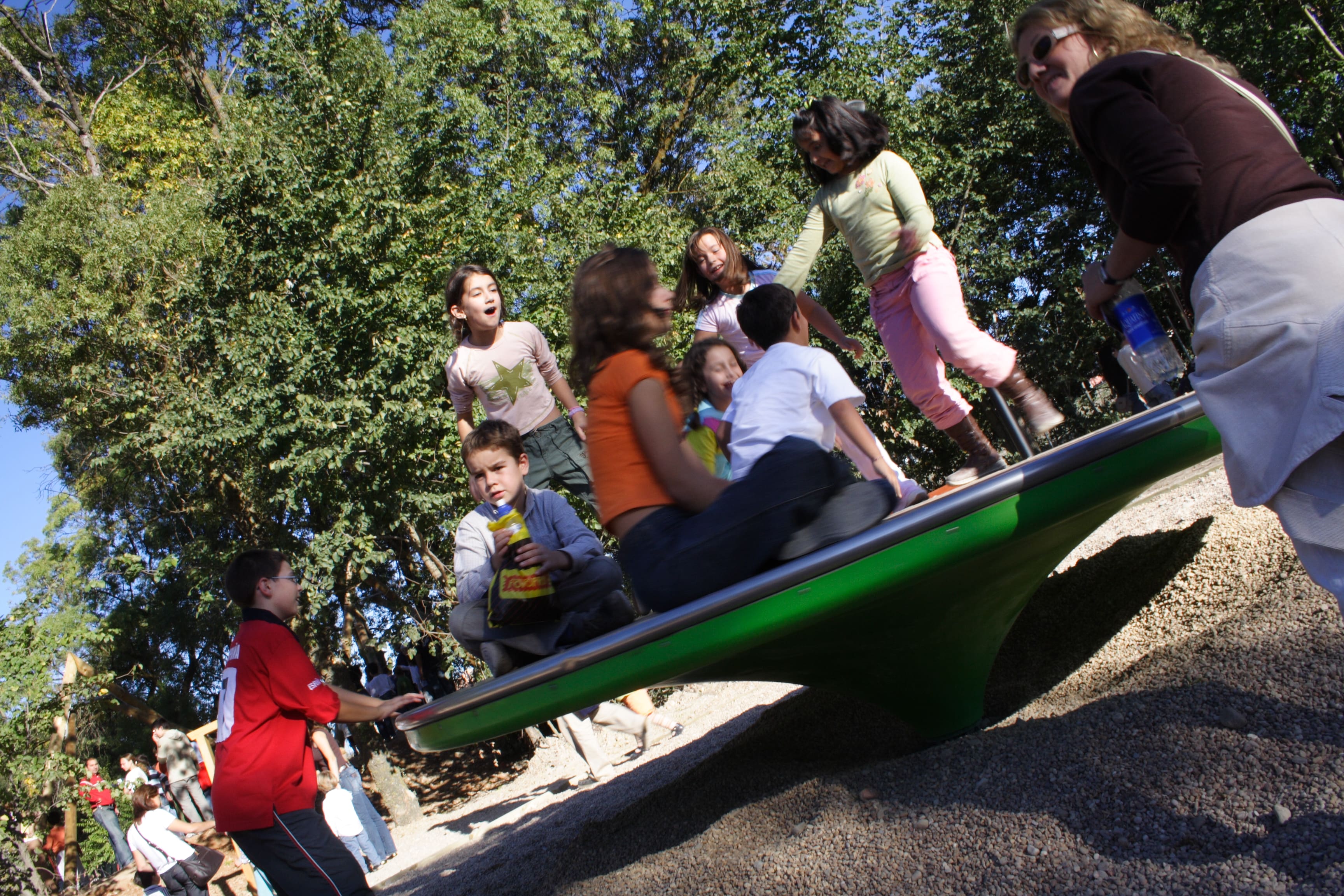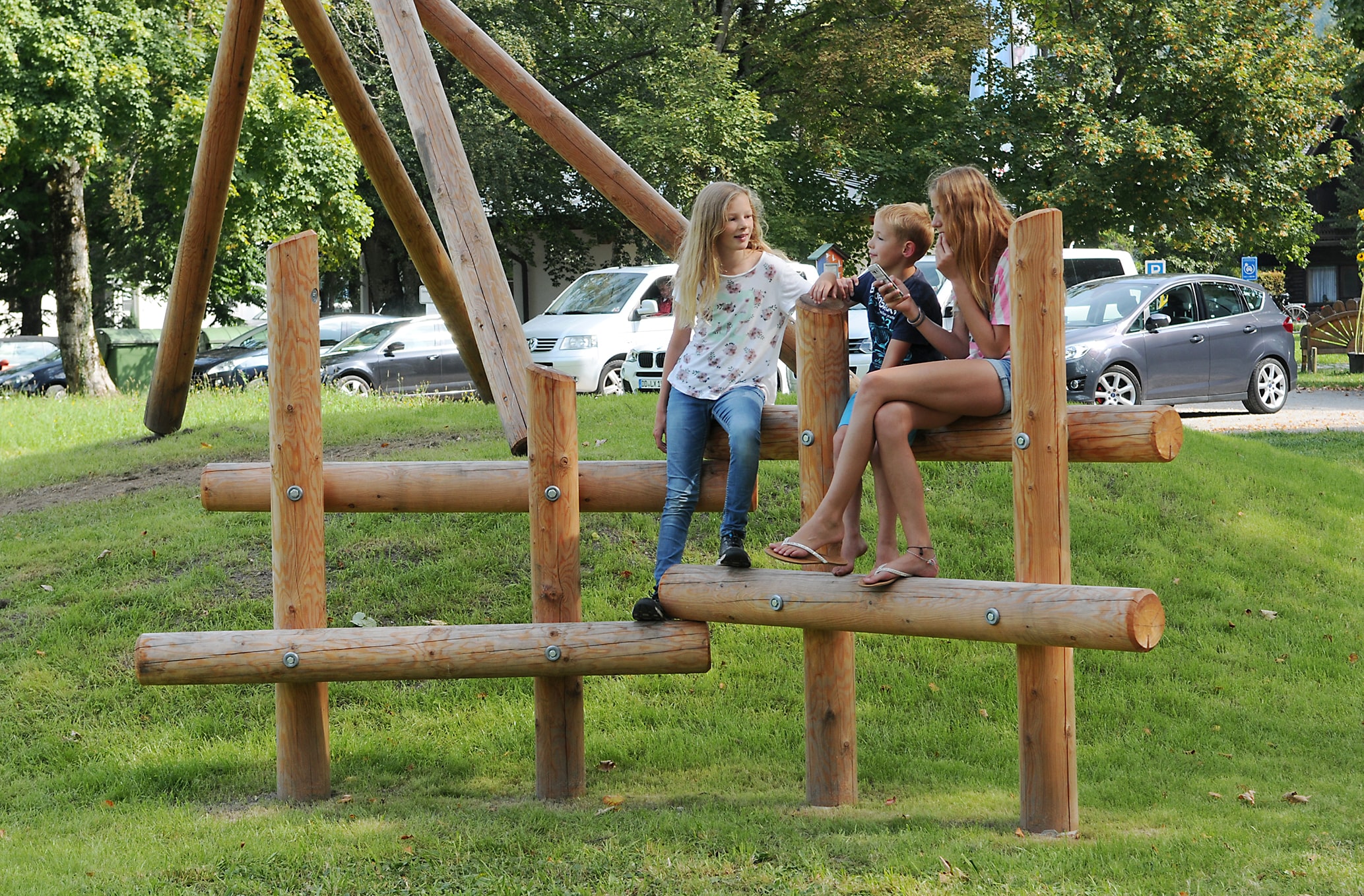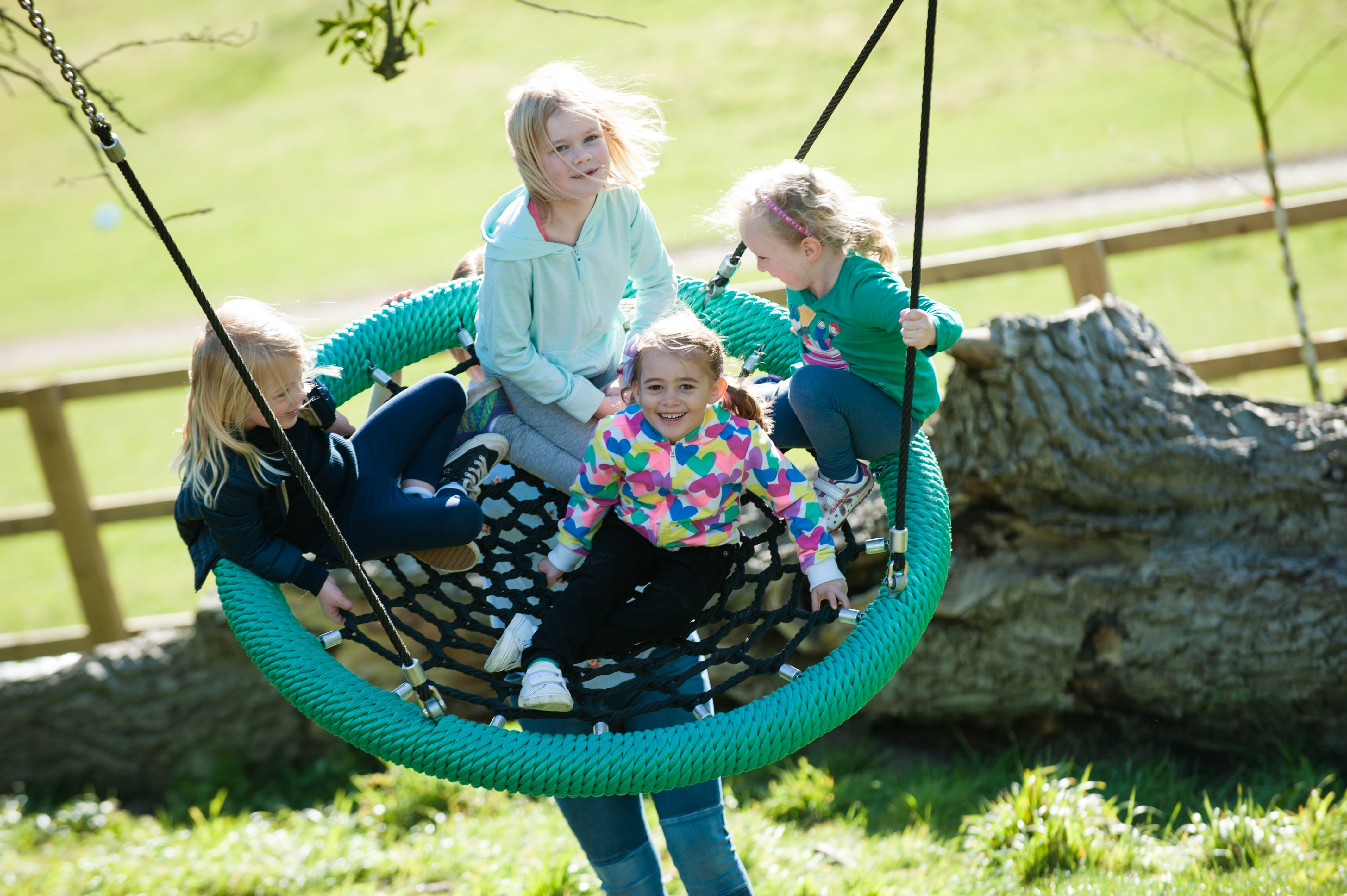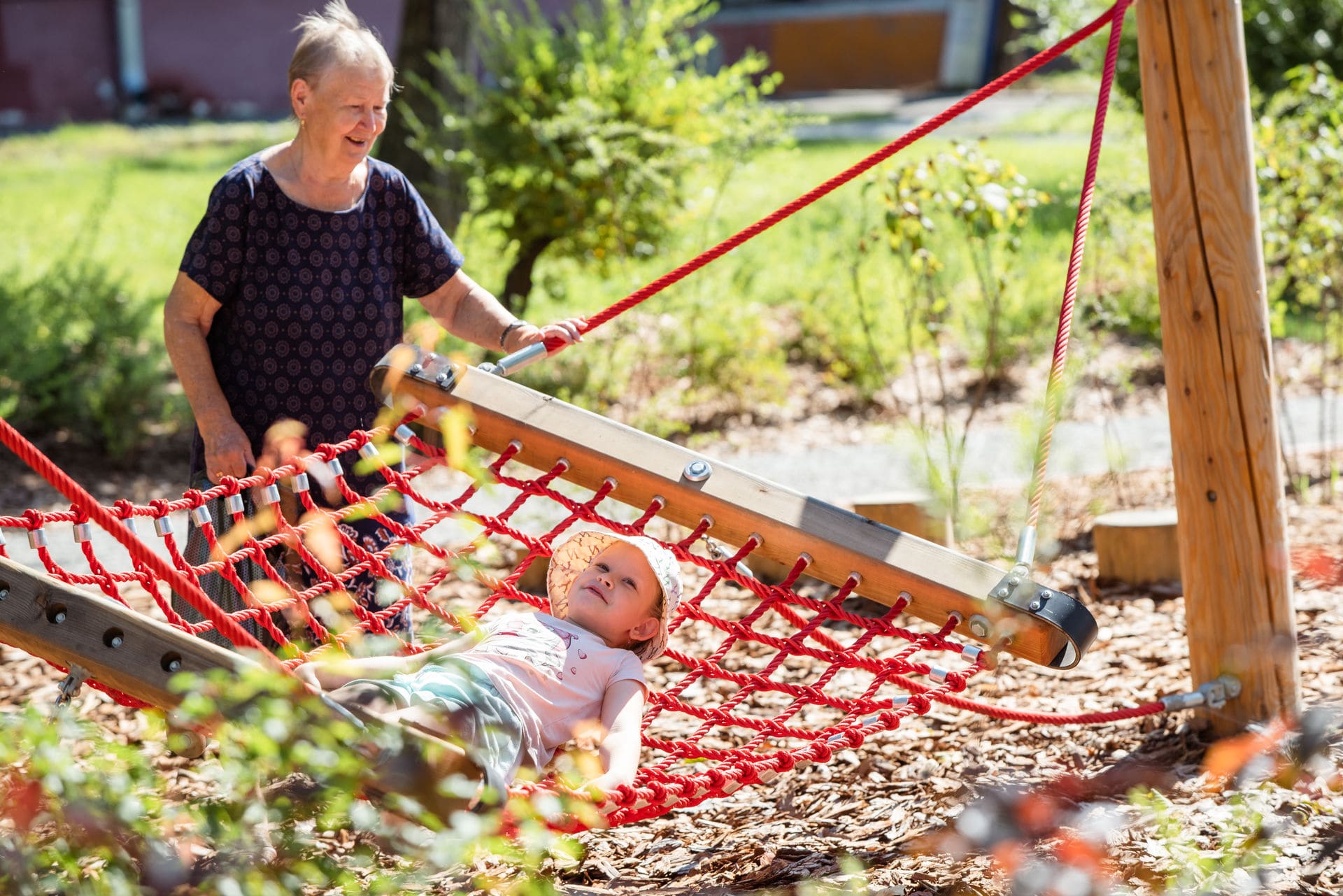Ideas and Insights
It is coming to the time of year again where we will start to see lots of very inspiring and empowering International Women’s Day posts by companies on social media. These posts and slogans are often lovely, but they can be meaningless if companies do not continue their work on equality all year round. Here at Timberplay we recognise the fact that there is still work to do across the industry and strive to make changes as much as possible by letting our staff have a voice, particularly in designing for girls to play.
For the past couple of years, I have become increasingly passionate about and active in the sphere of gender mainstreaming in design. My research and activism have particularly focused on women’s feelings of safety in the public realm (through my master’s final project, and work with Our Bodies Our Streets). Since joining Timberplay just over a year ago, I have begun to think more about what inclusion means in public spaces for young and teenage girls. For most children, play areas are the first public spaces they will experience and navigate. If girls feel unwelcome, or to have less choice or power in such spaces – how will this affect them navigating the world as they grow?
Timberplay’s manufacturing partner, Richter Spielgeräte, was founded by a woman in 1964. At that time such a thing was almost unheard of. Hilde Richter was a social education worker practising in post-war Hamburg when she was commissioned to plan playgrounds by the housing association. None of the equipment on the market fit with her ideas and her knowledge about children’s’ development, however – so she designed her own. Read about the formation of Richter Spielgeräte here. It is empowering to know that the birth of our company centred around a woman who has changed society and the play industry for the better.
It is vital that this story of our partner’s origin lives on, and reflects our practices today.
The industry of Landscape Architecture has undergone a shift in the past few decades, but even more so in recent years. Crossover with human geography, politics, urban design and planning has seen the industry take a more strategic, inclusive and socially focused approach to design – particularly in academia. I was lucky enough to be taught by some inspiring and progressive academics at The University of Sheffield, the majority of whom were women. However, the transition from University to working in practice can be a shock for female designers, as some of the attitudes from a past more male-dominated industry remain. I recently sat on the panel for “Women in Landscape Architecture”, a workshop exploring issues faced by graduating students, designed to build confidence and ensure the transition to the workplace is safe, supported and successful. It is important that young designers, especially women, are prepared for the types of attitudes they may face from older colleagues. Even though it can feel scary to call others out, responding to these in an appropriate way could help to shift workplace attitudes. If it feels more comfortable, speaking in private to a line manager isn’t cowardly and can still make a difference.
In the past couple of years, there has been lots of conversation around inclusion and gender in play spaces, which has been massively influenced by the work of Make Space for Girls (who I have been fortunate enough to work with). There has been a great deal of research into what can make play spaces more welcoming to girls. For example, girls tend to favour swings, especially nest swings or hammocks that can fit multiple people in at once. Many studies have found that girls tend to form more intimate and close friendships than boys, who often play in larger groups. Swings side by side, or swings that allow multiple occupants, facilitate girls socialising in this more intimate way. Especially valuable for teenage girls, who rely heavily on sharing personal experiences and thoughts with friends at such a crucial time in their development of self-identity.
These factors are always considered in my designs for Timberplay, from site layout to kit suggestions. More and more specifiers and Landscape Architects also seem to have been considering these things when selecting Richter kit from us. Some great examples include:
The Hexagonal Swing - Product Reference 6.17020
Giant Revolving Disc - Product Reference 7.25000
Sitting Fence - Product Reference 7.85021
Cradle Nest Special - Product Reference 6.14520
Hammock - Product Reference 6.44010
In the Landscape industry, it is often acknowledged that there is greater equality in terms of gender. BALI’s State of Trade Survey in 2020 suggested that around 42.8% of workers in the wider landscape industry are women, which is ahead of many other sectors. The Office for National Statistics, however, suggests as little as 13% of the construction industry is made up of women. So, what’s next?
As a company, we will continue to consider the inclusion of girls in work and encourage our clients to do the same. We will continue to speak about issues and changes that are needed across the industry. We believe that:
- Outdated attitudes or misogynistic comments must be called out wherever possible and it must be explained why they are problematic.
- Across the industry, more women in decision making-positions are needed, be it in the Construction Industry, Landscape Architecture, the Play Industry or within Local Authorities.
- Young female designers are most likely to relate to girls navigating public or play spaces, so we need to ensure they are working in supportive environments that value their opinions.
- Designers need to ensure the spaces they create are welcoming to girls, fostering their confidence as they grow into women. They may go on to make these decisions in the future!
